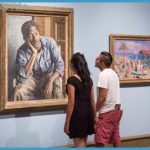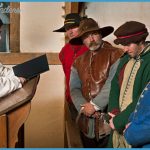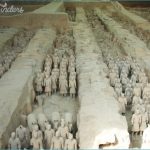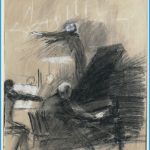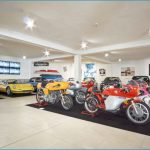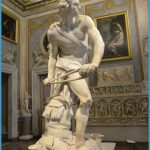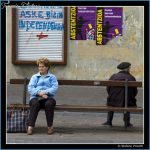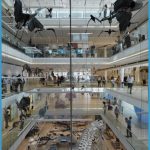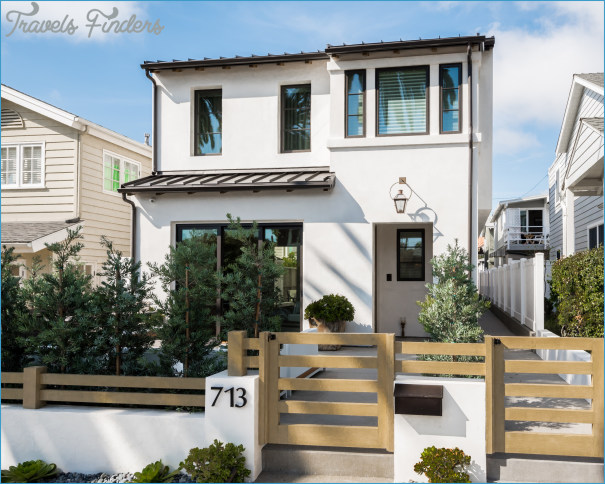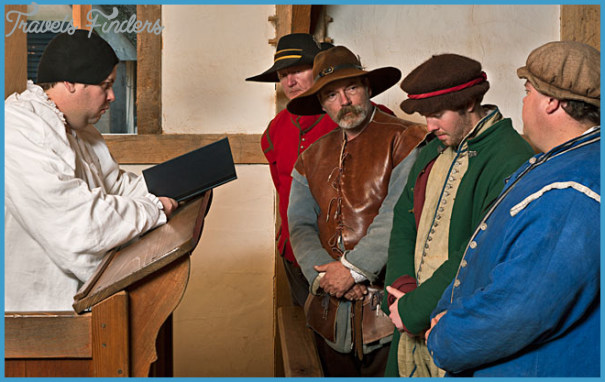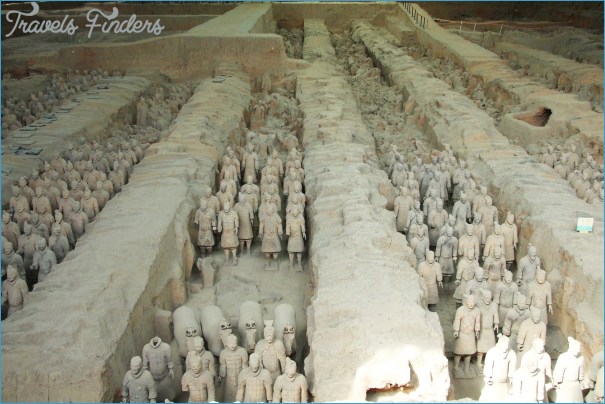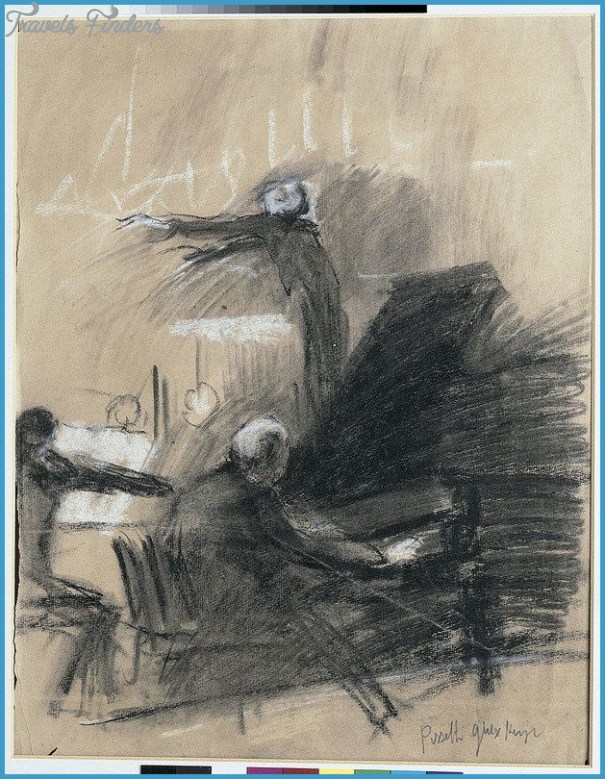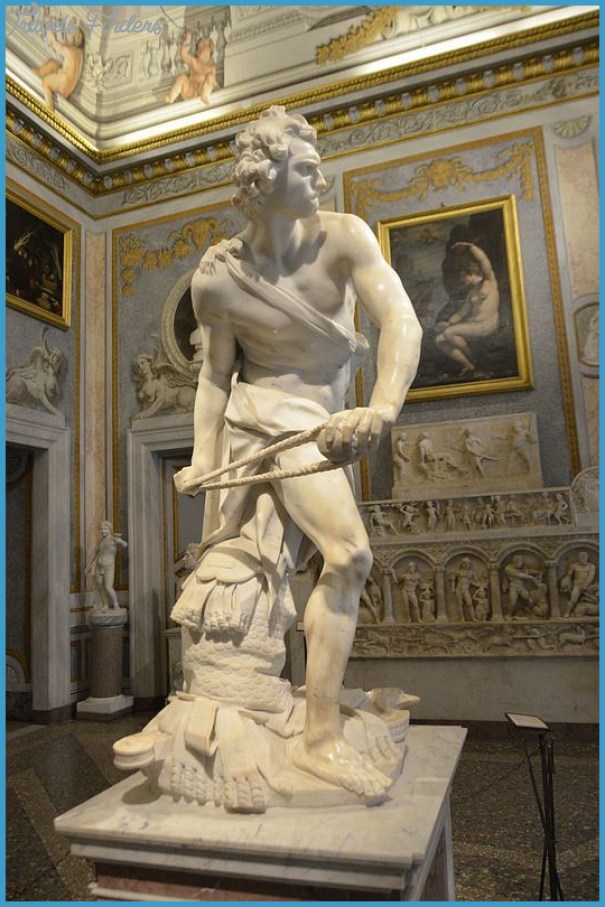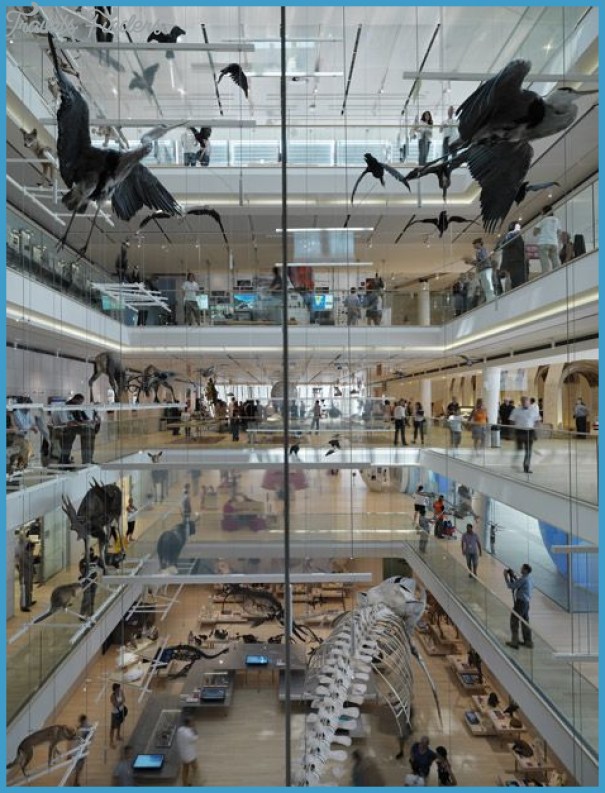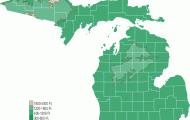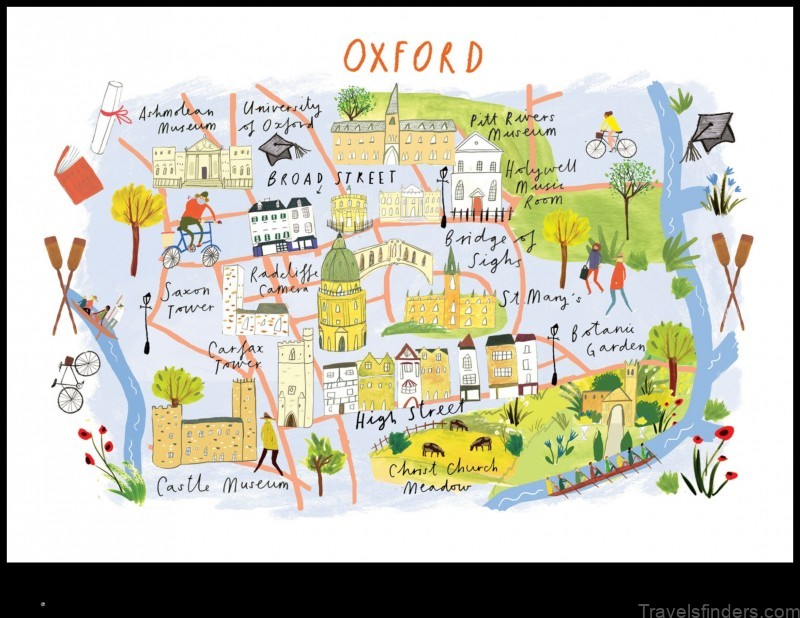PIZZETTI MUSEUM
Ildebrando Pizzetti was a native of Parma; he was born there on 20 September 1880. He studied at the local conservatory from 1895 to 1901, and later he conducted at the Teatro Regio there (1902-4) and briefly taught at the conservatory (1907-8) before going on to a career in Florence, Milan and Rome. He took his Parmesan origins seriously, or at least his friend the writer D’Annunzio did, dubbing him Ildebrando di Parma’, a title he used on some of his early works.
After his death, in Rome on 13 February 1968, he was brought to Parma for burial, and the study of his Roman home in Via Panama was later transported there, to become one of the three studies preserved at the Conservatorio di Musica Arrigo Boito’ (the others are those of Boito himself and Toscanini). The Conservatorio, in a building that was once a Carmelite monastery, has open courtyards (with prolific laburnums at the right time of year), surrounded by cloisters and arcades. The Sala Pizzetti, unlike the other two studies, which are housed together in a second-floor museum area, stands in a corner of one of them, by the entrance to the library, the fine Biblioteca Palatina, and falls under the purview of the librarian.
‘No, no, I don’t write to talk about myself! I don’t consider my person or the circumstances of my life of such importance as to be able to interest anyone beside my family and a few close friends’, said Pizzetti, when interviewed about the caro Conservatorio del Carmine’ (quoted by Minardi from his Gialld e blu, 1950). The study provides an appropriately sober reflection of Pizzetti’s interests and the influences behind his music. His books, on a range of musical and literary topics, are there, carefully catalogued, and his library of miniature scores, as well as a copy of the collected edition of Palestrina’s works. There are a few of his autographs: an early piano Romanza, a string quartet minuet, some music for D’Annunzio’s La pisanella. Subjects of photographs and other reproductions include Beethoven (there is a death mask too), Verdi and D’Annunzio. His upright piano and table and chairs are there, and of Pizzetti himself an oil portrait, a bronze head and a posthumous plaster cast of his hands, along with his pipes, his glasses and various small objets d’art.

